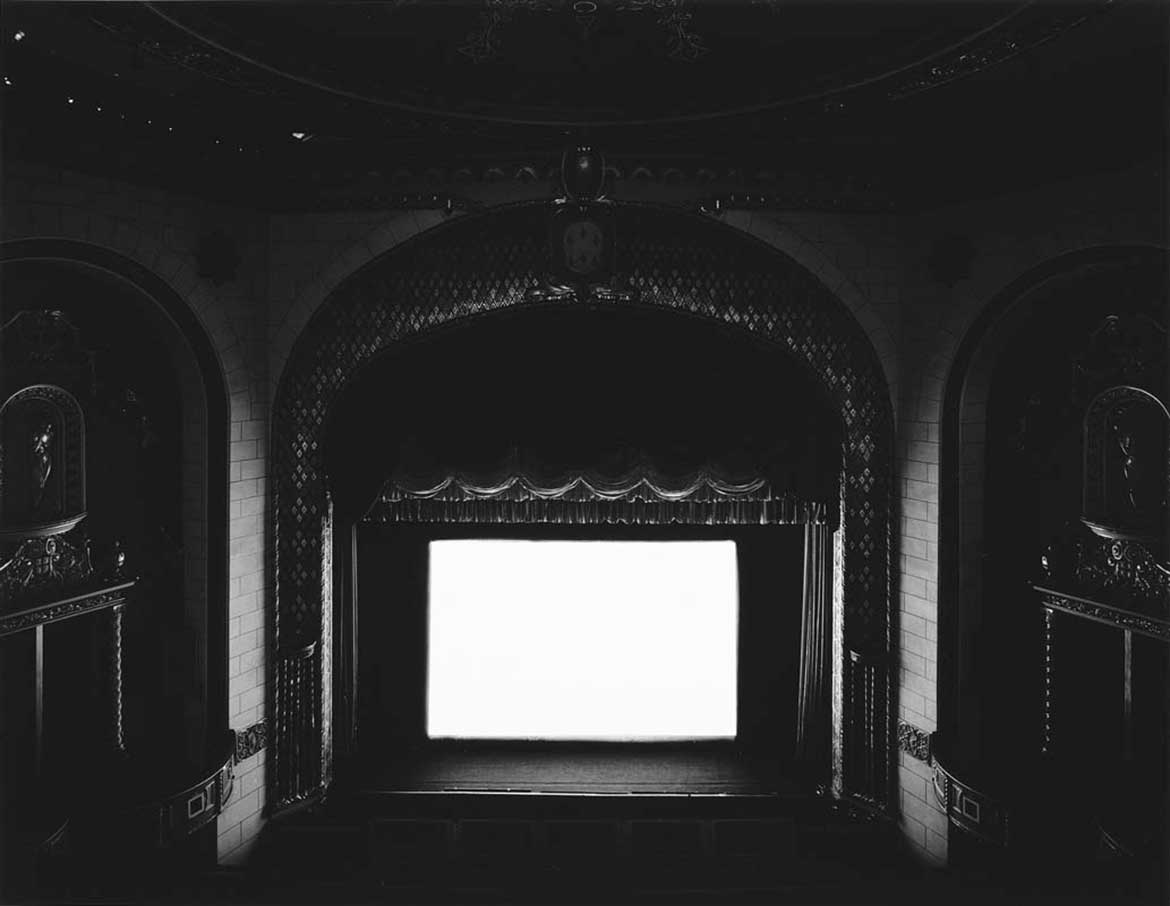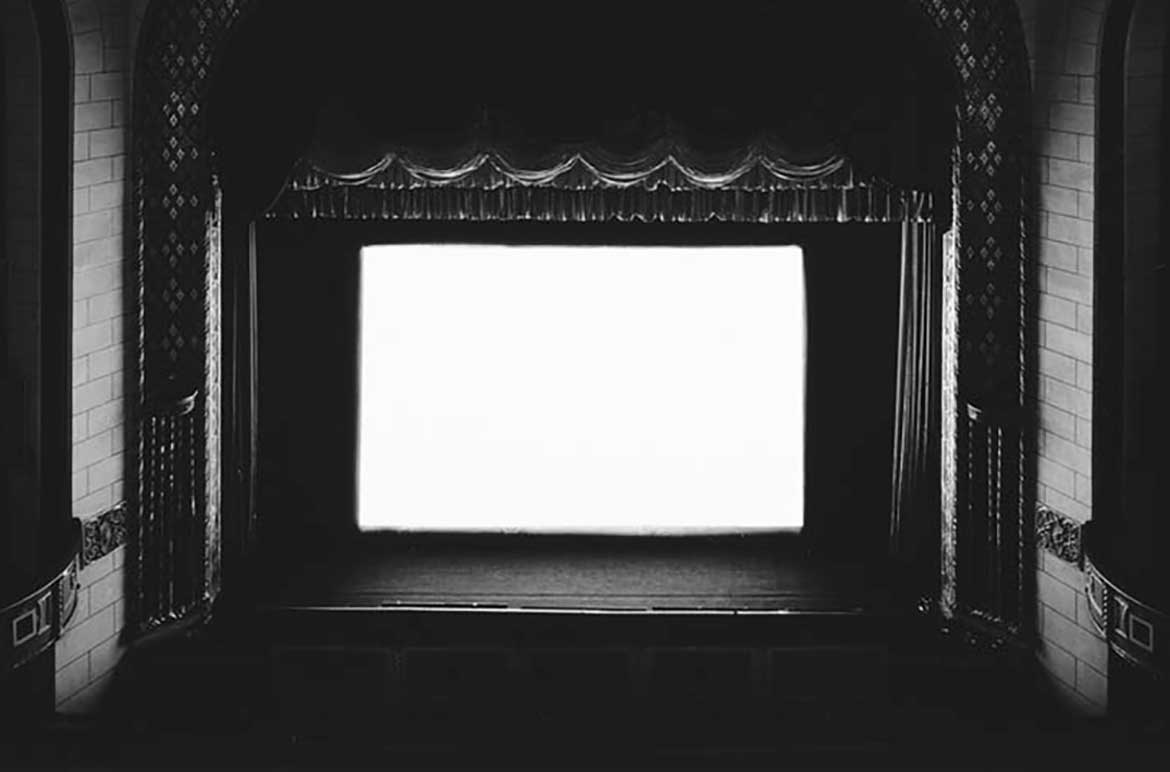From 2018 to 2020, QAGOMA will present Queensland’s long-running and much-loved Brisbane International Film Festival (BIFF). This is an exciting opportunity for the Gallery’s Australian Cinémathèque and its unique curatorial department to showcase a diverse range of films from around the world. We survey the history of the Gallery of Modern Art’s black box, and the leading international institutions that inspired it.
The Australian Cinémathèque, GOMA
In the mid 1990s, as the wider world celebrated one hundred years of cinema — arguably the most influential visual medium of the century — the Queensland Government earmarked land at Kurilpa Point for a future expansion of the Queensland Art Gallery (QAG). Plans were laid for what would become the Gallery of Modern Art (GOMA), a building that from its conception featured not only expansive exhibition space for contemporary art, but two dedicated screens for curated cinema content.
While the idea of film as an institutionally curated medium dates back to the establishment of the British Film Institute in London (founded in 1933 as the National Film Archive) and Cinémathèque Française in Paris (1936), the Australian art world’s exploration of the fertile lines of influence between cinema and the wider visual arts really took shape in the last decades of the twentieth century. Plans for Melbourne’s Australian Centre of the Moving Image (ACMI) were drawn up in the 1980s, and shortly after the Queensland Art Gallery began championing a new contemporary institution as a golden opportunity to present both film and art in each other’s orbit.
Key international exhibitions marking cinema’s centenary took film into the art museum space, informing early research into what shape programming might take in and around an Australian cinémathèque. ‘Spellbound’, organised by London’s Hayward Gallery in 1996 in cooperation with the British Film Institute, considered notable British-born-or-based creatives on the artist-filmmaker spectrum. Ridley Scott’s background in fine art and graphic design influenced the sumptuous dystopia of Blade Runner 1982, while Steve McQueen was placed on a continuum that included Andy Warhol and Sadie Benning — many years before he went on to direct a formidable run of acclaimed films, including the Best Picture-winning Twelve Years a Slave 2013.
Another influential 1996 survey, ‘Art and Film Since 1945: Hall of Mirrors’ at the Museum of Contemporary Art (MOCA) in Los Angeles explicitly highlighted the connections between the two media, such as the confluence of Expressionism-steeped filmmakers and Edward Hopper’s nocturnal paintings (along with the musical and literary stimuli of jazz and Raymond Chandler) inspiring the look and mood of film noir. The MOCA exhibition observed cinema’s growing tendency towards self-awareness, which had parallels in modern art. Curator Kerry Brougher compared the rupture between representation and reality in Citizen Kane’s self-reflexive newsreel sequence, for example, with Jasper John’s to-the-edge paintings of the American flag. Other instances of art-cinema contact in the exhibition included Japanese artist Hiroshi Sugimoto’s feature-length photographic exposures of grand theatres, two examples of which were acquired by QAG in the same year.


The Gallery looked to global models in its planning for the Cinémathèque. California’s Berkeley Art Museum and Pacific Film Archive was an example where integrated screen programming drew on art-historical modes of inquiry, and the influence of the Pompidou Centre’s curated thematic programs, filmmaker retrospectives and exhibition-related screenings persists in the Australian Cinémathèque today. The American Cinémathèque in Los Angeles and the Walker Arts Centre in Minneapolis were also reference points, extending the cinema experience with talks, social events and live music.
By the turn of the twenty-first century, moving image was a predominant medium at major international art events, and around the world new types of institutions confirmed the screen’s cultural cachet. While early adopter ZKM Karlsruhe had opened in 1989, Melbourne’s ACMI and London’s LUX both opened in 2002, the same year that Architectus + Davenport Campbell were announced as the winners of the architectural competition to design GOMA, with the Cinémathèque a core part of the brief.
Dan Cameron is Senior Communication Officer, QAGOMA
https://youtu.be/qMSBXZoWy9o
Be part of BIFF 2018 at QAGOMA — the new home of Brisbane’s film festival.
Explore the Australian Cinémathèque’s ongoing program of film and video / Delve into BIFF and our past programs
Artistic Director for BIFF 2018 is Amanda Slack-Smith, Curatorial Manager of QAGOMA’s Australian Cinémathèque.
The festival is supported by the Queensland Government through Screen Queensland in association with the Australian Federal Government through Screen Australia.
Feature image detail: Hiroshi Sugimoto, Japan/United States b.1948 / Saint James, New Zealand 1991
#BIFF2018
